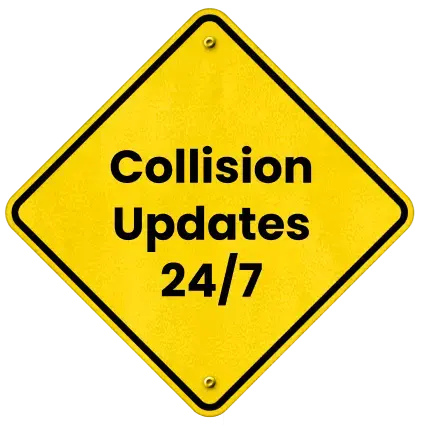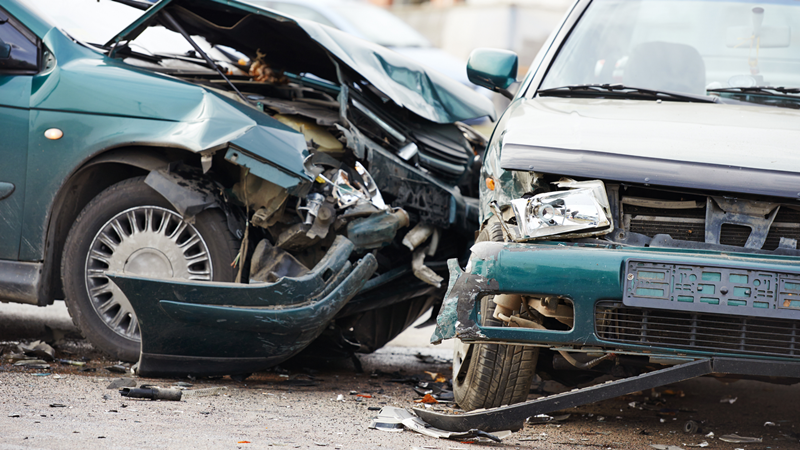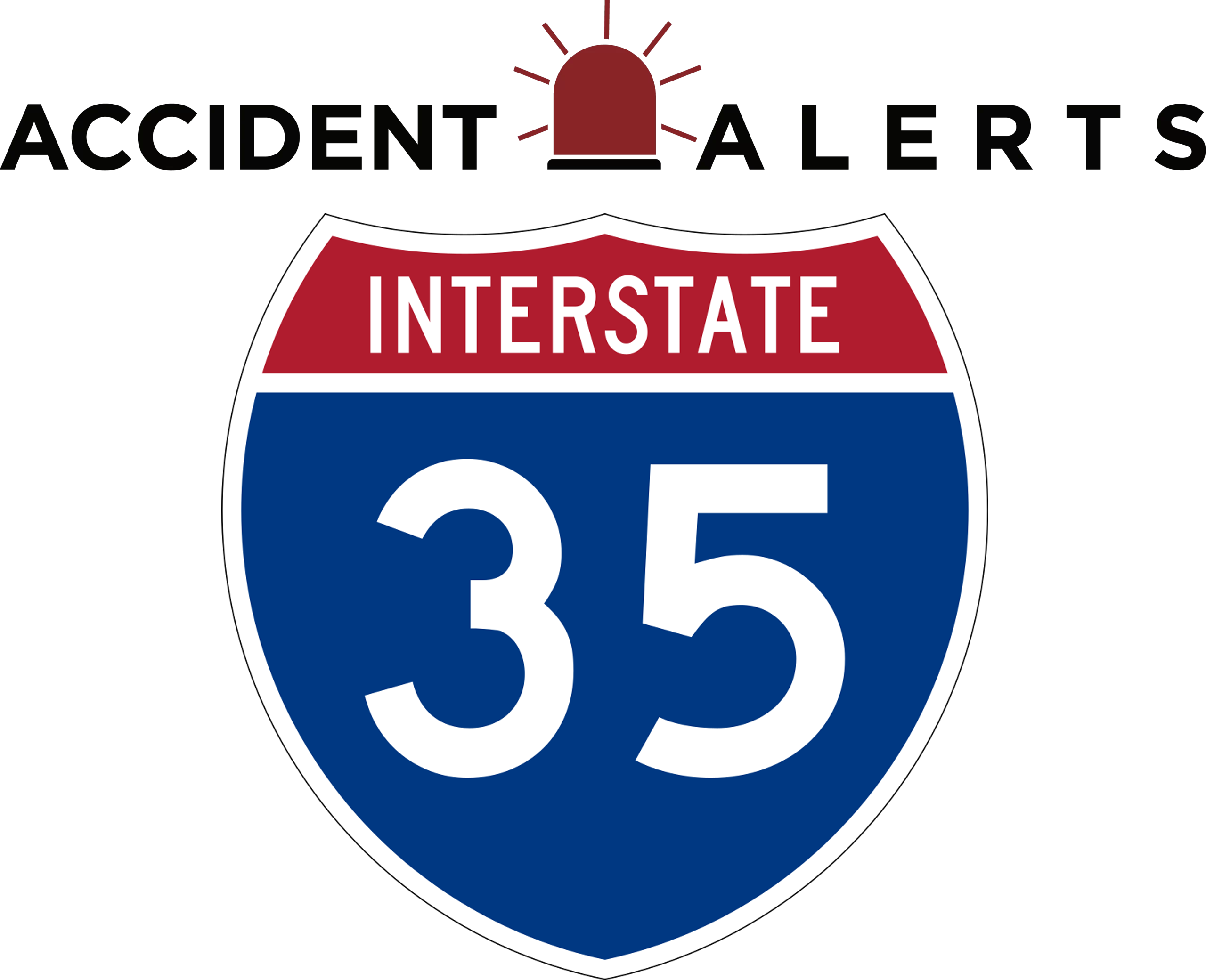
Austin Gridlock on I-35: How Stop-and-Go Leads to Crashes


Interstate 35 runs through the heart of Austin, Texas, serving as a critical artery for commuters, freight traffic, and long-distance travelers. While the highway is essential for regional connectivity, Austin’s urban core is notorious for congestion, particularly during peak commuting hours. The frequent stop-and-go conditions contribute to a higher incidence of collisions, making this section one of the more challenging stretches of I-35 Austin crashes for drivers.
Understanding the factors that create these crash patterns, combined with strategies for prevention and post-crash steps, can help drivers navigate this busy corridor more safely. Traffic on I-35 is not only heavy during morning and evening commutes, but special events, construction, and seasonal tourism can also add unexpected congestion, further increasing the likelihood of accidents.
Drivers unfamiliar with the area may feel especially stressed navigating narrow lanes, short ramps, and sudden merges, which can elevate the risk of collisions if caution and planning are not applied. Being aware of these variables and planning is critical for maintaining safety along this busy urban highway.
Understanding Stop-and-Go Collisions in Austin
Stop-and-go collisions typically occur in heavy traffic when vehicles are repeatedly accelerating and decelerating in short intervals. On I-35 through Austin, several factors amplify the risk of these accidents: merging lanes, short on- and off-ramps, and unexpected lane shifts. Drivers who fail to maintain safe following distances or become distracted while navigating these conditions can quickly become involved in rear-end collisions or multi-vehicle chain reactions.
Rubbernecking is another significant contributor to stop-and-go crashes in Austin. Even minor incidents or roadside activity can create sudden slowdowns, catching drivers off guard. These abrupt changes in traffic flow can lead to collisions that might have been avoided with consistent attention and defensive driving techniques.
The combination of urban congestion, high vehicle density, and frequent lane changes makes this corridor especially hazardous for all types of vehicles, including passenger cars, commercial trucks, and buses.
Common Risk Factors for I-35 Austin Crashes
Several underlying factors contribute to the concentration of crashes along Austin’s urban segment of I-35. High traffic volume during rush hours, combined with short acceleration and deceleration lanes, leaves drivers with little room to react. Aggressive merging behaviors, such as last-second lane changes, create bottlenecks that often result in side-swipe or rear-end collisions. Weather conditions, including sudden rainstorms, further reduce visibility and traction, making stop-and-go conditions even more dangerous. Road geometry and lane reductions during construction projects also contribute to increased accident rates, especially when drivers are unfamiliar with detours or lane shifts.
Tips to Prevent Stop-and-Go Collisions
While urban congestion cannot be eliminated, drivers can take practical steps to minimize the risks of stop-and-go collisions on I-35:
- Maintain Safe Following Distance: Allow extra space between vehicles, especially in congested areas, to reduce the likelihood of rear-end collisions.
- Anticipate Traffic Flow: Monitor brake lights and roadway changes ahead to react smoothly instead of abruptly stopping.
- Stay Focused: Avoid distractions such as cell phones, in-car technology, or roadside activity that can divert attention from the road.
- Merge Early and Safely: Move into the correct lane well before reaching a ramp or lane closure to prevent sudden maneuvers that increase crash risk.
- Adjust for Weather Conditions: Reduce speed and increase spacing during rain or poor visibility, as traction and stopping distances are significantly affected.
- Plan Your Route: Checking real-time traffic maps, using navigation apps, and avoiding high-volume times whenever possible can reduce exposure to stop-and-go conditions.
- Stay Patient and Calm: Urban congestion can be stressful, but keeping a calm mindset helps maintain safe distances and avoid aggressive behaviors that often trigger collisions.
Post-Crash Steps for Drivers
Despite careful driving, accidents can still occur in Austin’s stop-and-go traffic. Knowing what to do after a crash is crucial for safety and legal protection:
- Ensure Safety First: Move vehicles out of active traffic if possible and turn on hazard lights.
- Check for Injuries: Provide assistance to anyone injured and contact emergency services immediately.
- Document the Scene: Take photos of vehicle positions, damage, and surrounding conditions, and gather contact information from all involved parties.
- Report the Accident: Contact local law enforcement to file an official report, which may be required for insurance claims.
- Seek Legal Guidance: For significant injuries or complex liability situations, scheduling a consultation with experienced legal professionals can help navigate claims and protect your rights.
- Stay Calm and Communicate Clearly: Remaining composed while exchanging information and speaking with law enforcement can prevent confusion and ensure accurate documentation.
Understanding these post-crash steps empowers drivers to handle unexpected incidents responsibly, reduce further risk, and ensure proper documentation for insurance and legal purposes.
The Broader Impact of Urban Congestion
Stop-and-go collisions on I-35 in Austin not only affect the drivers involved but also contribute to citywide traffic delays, increased emissions, and strain on emergency services. Even minor fender-benders can cause multi-mile backups, disrupting commuter schedules and commercial deliveries. The human, financial, and emotional costs of these accidents underscore the importance of safe driving practices and proactive measures in high-density urban areas.
By recognizing the patterns of urban congestion on I-35 and the underlying causes of stop-and-go crashes, drivers can make informed choices that protect themselves, their passengers, and other road users. Awareness, preparation, and defensive driving remain the most effective strategies for reducing the risk of collisions along this busy corridor.
Talk to an I-35 Accident Lawyer for Support
Experiencing an accident on the I-35 can be stressful and confusing, but you don’t have to face it alone. Our skillful team is here to provide guidance, answer your questions, and offer personalized support every step of the way.
You can schedule a free consultation with an I-35 accident lawyer where we will help you navigate insurance claims, understand your legal rights, and develop a clear plan for moving forward. Our mission is to help you regain a sense of control, ensuring your safety, well-being, and peace of mind as you recover from the unexpected challenges of a crash.
